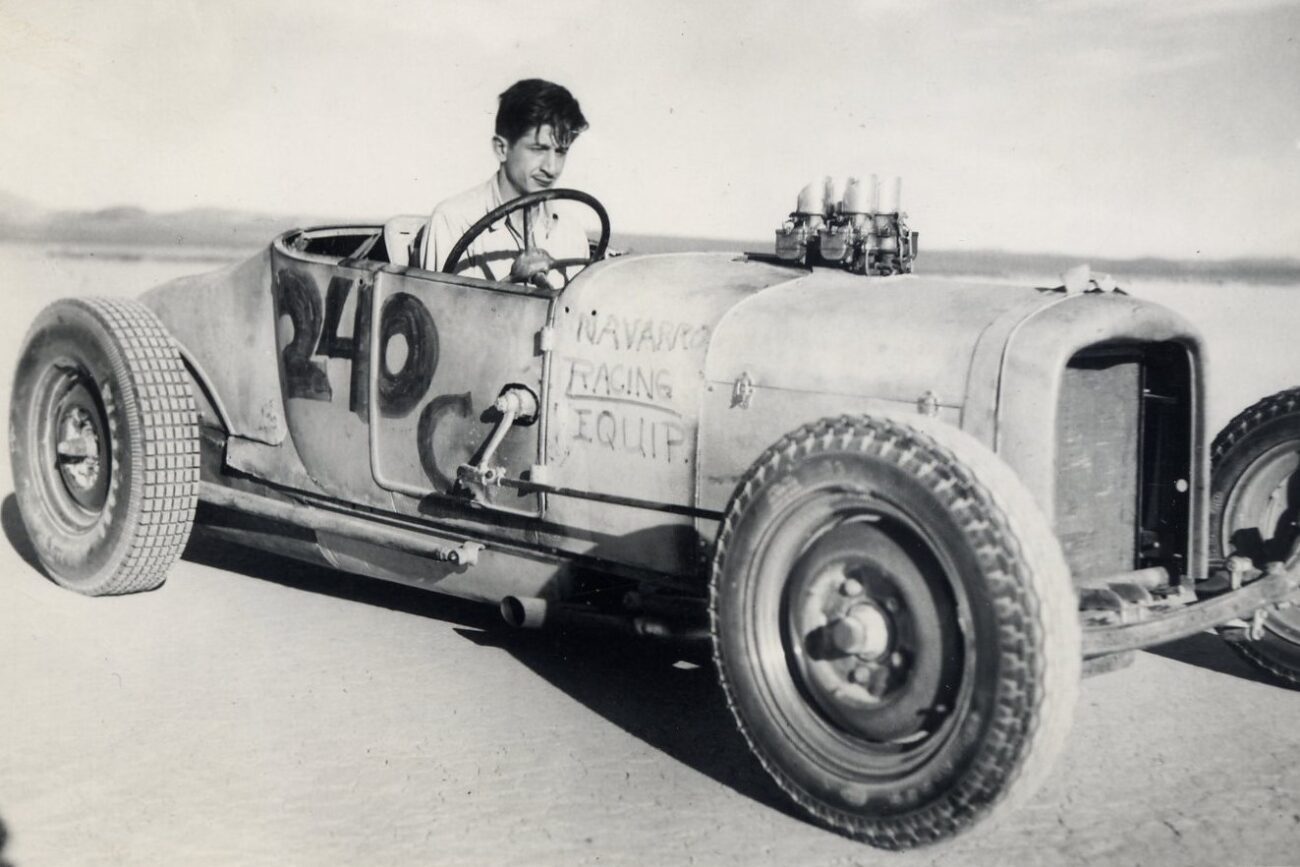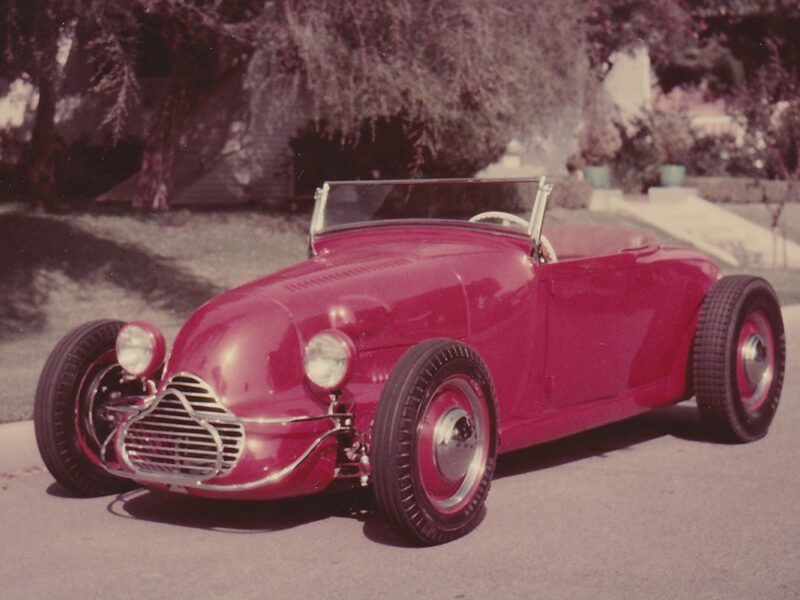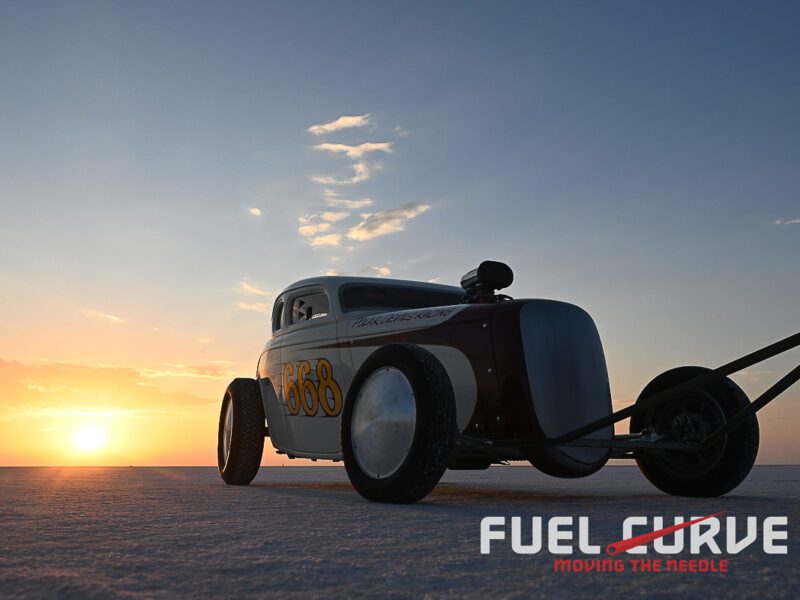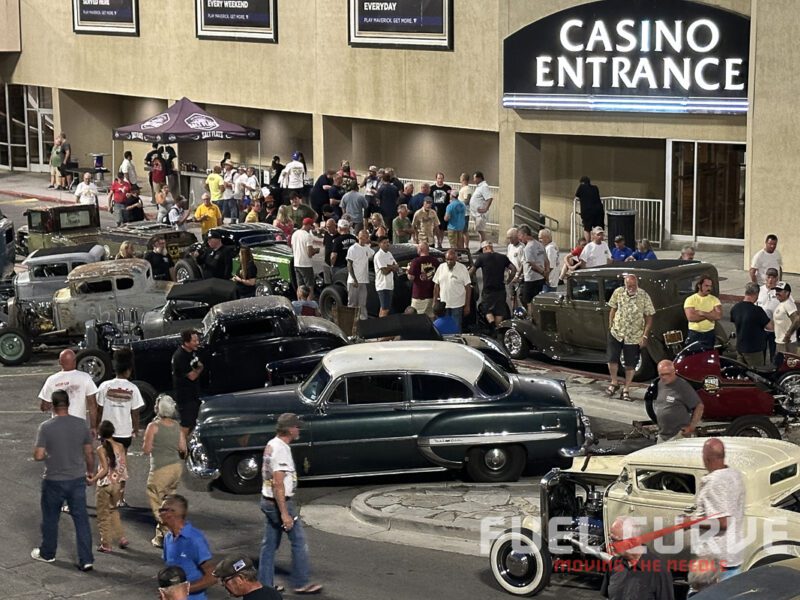Hot Rod Legends: Barney Navarro – Trailblazer of Go-Fast Components
It seems like we say this a lot, but Southern California in the 1940s was a veritable petri dish of speed-part savants, and one of the very best was Barney Navarro. While perhaps not as well known as the Iskys and Edelbrocks, his influence was similarly significant.
Navarro was born in 1919, prior to the Roaring ’20s, the depressed ’30s, and the war-torn ’40s. He spotted his first hot rod at age six, a hotted-up Model T that rumbled through his Eagle Rock, California neighborhood.
At age 16, while a student at Eagle Rock High School, Navarro picked up his first car, a fugly ’29 Hudson. He added twin carbs even before the ink was dry on the pink slip. He also attended night school at nearby Glendale High School machine shop, which improved his mechanical prowess, and soon after graduation he landed a job at a local tool and die maker. His emersion in hot rod culture shifted up a gear when he joined the Strokers Car Club.
This led to purchasing a more hot-rod appropriate ride, a ’39 Ford Tudor sedan.
He milled the heads to boost compression and hoisted dual carbs atop a Weiand intake manifold. By the way, this was the first ever Phil Weiand intake. And how did Barney pay for the privilege? He did the finish machine work on Weiand’s initial 10 castings. Later, he yanked out the flatty and swapped it into a Model T roadster; he blew across dusty Lake Muroc at 107mph.
Like every young man of that era, Navarro joined the war effort in 1941. While he trained as a flight navigator, he spent his off hours navigating the intricacies of Ford Flathead manifolds, sketching speed product designs for future use. After his discharge, he started his own business in 1947. With the encouragement of Weiand, Navarro began casting his own intake manifolds – which he marketed by advertising in the augural issue of Hot Rod magazine in January 1948.
Navarro Engineering also went on to massage Flathead cylinder heads, improving combustion chamber shape for greater efficiency and power. But he really turned heads – and stopped timing clocks – when he perched a GMC supercharger atop Ford Flathead V8. At the September 1948 SCTA El Mirage meet, Navarro burst over the lakebed at a blistering 139.75mph in his Class C lakes roadster – up from 121.29 at the July meet. In December, customer Harold Daigh upped that Class roadster benchmark to 143.19mph.
There was more to Navarro than sketching power-popping ideas on paper. He was hands-on in the shop, always at the tiller of a lathe or CNC machine, or personally doctoring high-compression heads or intake manifolds. And like Mickey Thompson, Smokey Yunick, or Vic Edelbrock Sr., his brain never shut down, He continually dreamed up ways to improve the combustion engine.
As Navarro Engineering components grew in popularity, he expanded into other forms of racing, including boat racing engines. One notable effort was a Hemi-powered craft for one Henry Kaiser. Yes, that Kaiser, the health care magnate who popularized HMO health insurance. That alliance led to a life-saving medical advance: Navarro designed a heart-lung machine that was used for more than a decade at the Kaiser Hospital in Hollywood. Somehow, Navarro also found time to own a concrete business and develop a pioneering concrete saw.
In the late 1960s, Navarro decided to take on the Indy 500, challenging the established Offys and Ford V8s with a – wait for it – turbocharged Rambler overhead-valve 199c.i. six-cylinder. Combining fuel injection with various turbocharger setups, he eventually extracted more than 600hp from the inline six. Entered from 1968 to 1970, the car failed to qualify, despite Navarro’s valiant efforts.
He also applied his turbo experience to production cars, Working in collaboration with turbo maker AiResearch, Navarro developed engine test stands, intake manifolds, and turbocharging kits for such woefully underpowered econocars as the Corvair, Falcon, and Valiant. 
Well after they were out of production, Navarro speed parts for Flatheads remained cherished among hot rod enthusiasts. As interest in the Ford Flathead V8 grew again during the nostalgia wave of the early-2000s, Navarro eventually saw fit to sell his patterns and parts business to Mike Herman of H&H Flatheads, in nearby La Cresenta. Herman put all the original Navarro-branded parts back into production and to this day continues to promote Navarro’s legacy to hot rodders young and old.
“He was always willing to help and offer solutions to problems, answer the questions that nobody else could,” Herman once told Hemmings. “You’d ask him a simple question, and he’d eventually explain the turbulence in the flow of gas when the fuel mixture came into contact with the valves. He could have been a rocket scientist if he wanted to be.”
Navarro died in 2007 at age 88. Renowned automotive historian Tony Thacker recalled a conversation he had with him late in his life. “All the way to the end, his favorite quote was, ‘There’s nothing more fun than learning.’ When he was in the hospital, he asked me for the instruction booklet for an MSD electronic ignition unit because he wanted to read up on it.”
And that spirit is the essence of all legends of hot rodding.





